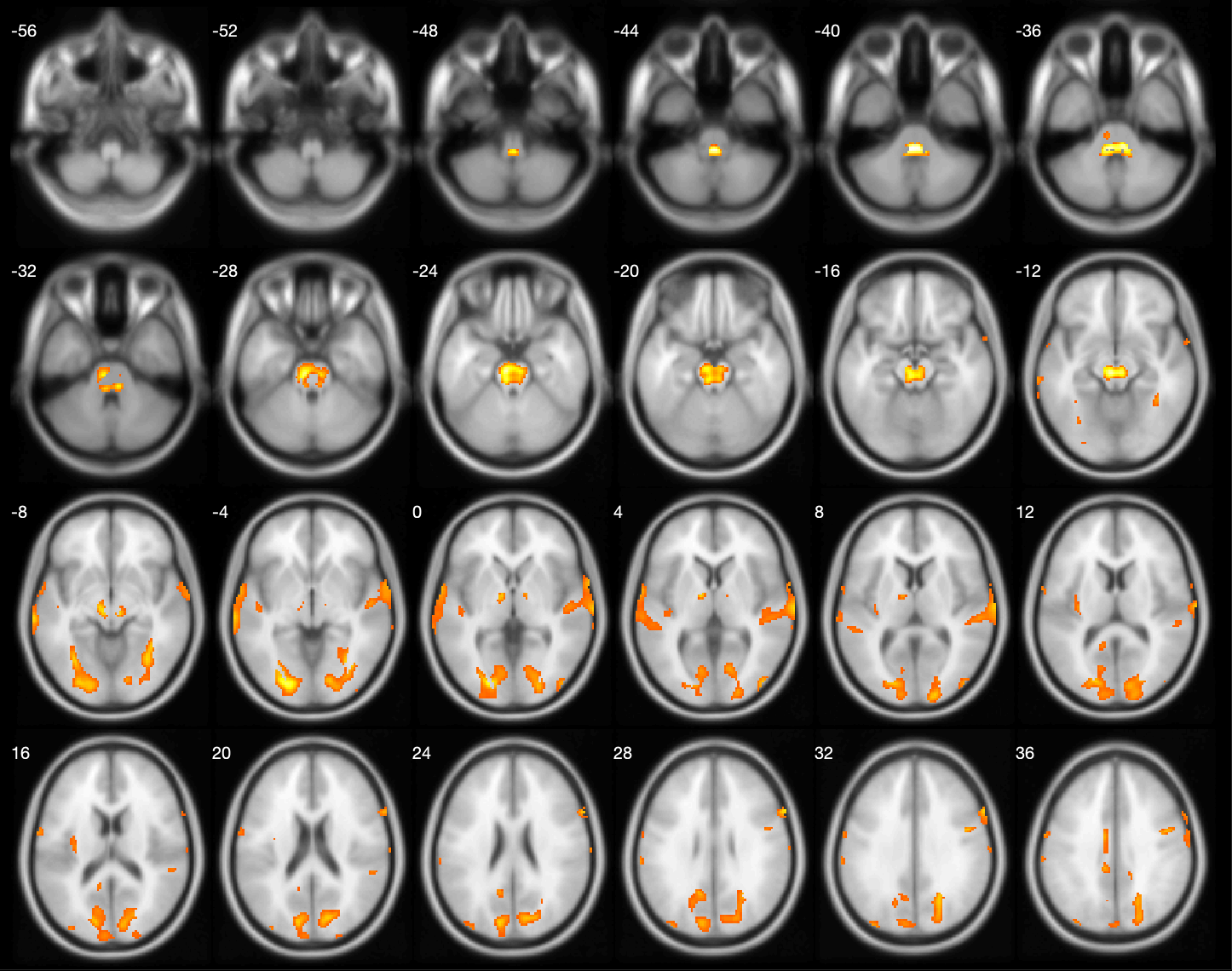Category: Parkinsonism, Atypical: PSP, CBD
Objective: : To investigate cholinergic brain regional differences between Progressive supranuclear palsy with parkinsonism (PSP-P) and Parkinson’s disease (PD), using the highly selective radiotracer for vesicular acetylcholine transporter (VAChT): [18F]-fluoroethoxybenzovesamicol (18F-FEOBV) PET imaging.
Background: PSP-P and PD pose challenges in early differentiation, often falling into the realm of differential diagnosis. Biomarkers are crucial to aid in distinguishing between these two related but also distinct neurodegenerative diseases at the onset. Previous evidence indicates impairment of the cholinergic system in both PSP and PD [1], albeit affecting distinct regions. However, there has been limited focus on the PSP-P subtype compared to PD.
Method: 107 PD subjects (83 males, 24 females; age: 68.05±7.65; disease duration: 6.50±4.31; HY: 2.60±0.74) and 5 PSP-P subjects (3 males, 2 females; age: 66.00±8.22; disease duration: 5.680±6.50; HY: 2.70±1.20) underwent VAChT [18F]-FEOBV PET and MR imaging. We performed SPM whole brain voxel-based two-sample t-test analysis to find clusters of spatially contiguous voxels that are statistically significant (p<0.01).
Results: Voxel-based analysis using a two-sample t-test revealed distinct patterns of VAChT binding in PD and PSP-P patients. Compared to PSP-P, PD patients showed reduced VAChT binding in several brain regions, including the midbrain, pons, bilateral superior temporal lobes, bilateral occipital lobes, ventral anterior nucleus of the thalamus, and the left mid cingulate cortex [Figure 1].
Conclusion: Our findings demonstrate decreased cholinergic transporter binding in the PD group compared to the PSP-P group. Notably, this decrease was most prominent in the midbrain, pons, and occipital lobes. These variations in cholinergic denervation patterns hold promise for differentiating PD and PSP-P. Future studies with larger cohorts are required to fully understand these differences, but they could pave the way for earlier diagnoses, improved treatment strategies, and ultimately, better patient outcomes for both diseases.
Figure
References: 1. Kanel P, Spears CC, Roytman S, Koeppe RA, Frey KA, Scott PJH, et al. Differential cholinergic systems’ changes in progressive supranuclear palsy versus Parkinson’s disease: an exploratory analysis. J Neural Transm (Vienna). 2022;129(12):1469-79. doi: 10.1007/s00702-022-02547-9.
To cite this abstract in AMA style:
P. Kanel, G. Carli, J. Barr, T. Brown, S. Roytman, K. Frey, P. Scott, R. Koeppe, R. Albin, N. Bohnen. Cholinergic denervation is more severe in patients with Parkinson disease compared to Progressive Supranuclear Palsy-Parkinsonism subtype: A [18F]-FEOBV PET study [abstract]. Mov Disord. 2024; 39 (suppl 1). https://www.mdsabstracts.org/abstract/cholinergic-denervation-is-more-severe-in-patients-with-parkinson-disease-compared-to-progressive-supranuclear-palsy-parkinsonism-subtype-a-18f-feobv-pet-study/. Accessed December 26, 2025.« Back to 2024 International Congress
MDS Abstracts - https://www.mdsabstracts.org/abstract/cholinergic-denervation-is-more-severe-in-patients-with-parkinson-disease-compared-to-progressive-supranuclear-palsy-parkinsonism-subtype-a-18f-feobv-pet-study/

